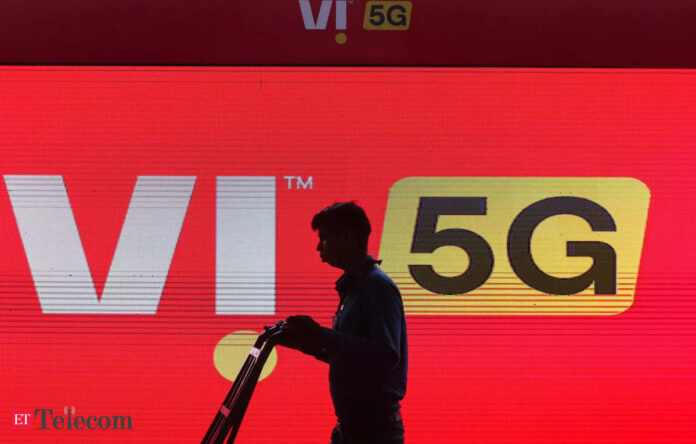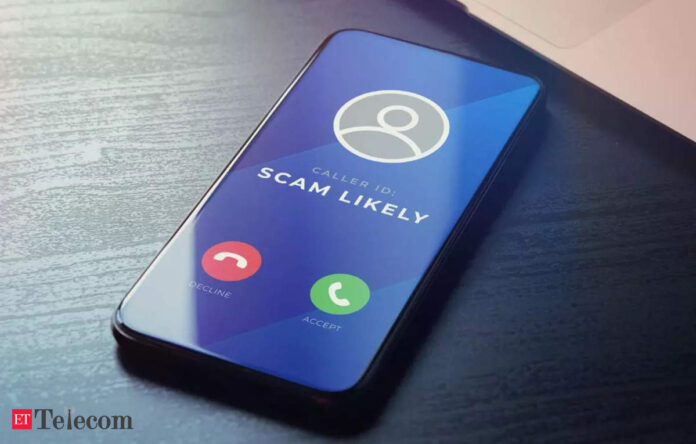In Short:
The Telecom Regulatory Authority of India (Trai) aims to make caller ID mandatory to curb spam calls, but mobile operators say this plan faces major challenges. It won’t work for 2G/3G networks, affecting 270-300 million users. Implementing it could slow call connections and raise privacy concerns. Experts argue existing caller ID apps can already address these issues without mandatory changes.
Kolkata: The Telecom Regulatory Authority of India (Trai) is facing significant challenges in its initiative to mandate caller name display for incoming calls, primarily due to technological limitations. Initially proposed in February 2023, this calling name presentation (CNAP) service aims to address the persistent issues of spam and scam calls.
Implementation Challenges
Senior executives from mobile phone operators and handset manufacturers have echoed concerns that the CNAP service is nearly impossible to implement across the nation, particularly for users on 2G and 3G networks. They argue that substantial investment in network upgrades would be required, which is economically unfeasible given the limited revenue generated from 2G users. This presents a significant barrier for approximately 270-300 million individuals who remain reliant on 2G technology. Furthermore, only smartphones released after 2021 are equipped to support the CNAP feature.
Moreover, integrating the CNAP feature into 4G and 5G smartphones could result in prolonged call setup times, ultimately diminishing the overall user experience. A senior executive from one of the top three telecom companies expressed concern, stating, “Trai seems to have prematurely recommended the CNAP functionality without acknowledging real-world constraints… this technology is not universally applicable and won’t function on 2G/3G networks, nor is it feasible for feature phones.”
Government Actions and Responses
Despite these obstacles, Trai had urged the government to mandate telecom operators to launch the CNAP service and encourage handset OEMs to enable the feature within a six-month timeframe, aimed at mitigating harassment from unidentified callers. Trai suggested the commencement of trials in a specific license service area (LSA). Recently, P Chandra Shekhar, the minister of state for communications, informed Parliament that the necessary steps have been initiated to begin trials and assessments of the CNAP service by telecom companies.
However, it has been clarified that the CNAP functionality will only operate on IP-based networks, while older circuit-switched mobile networks lack the necessary development to support it. This limitation may hinder efforts to fully combat spam calls and fraud, instead presenting additional financial burdens on telecom operators who would need to invest heavily in server infrastructure and secure data management for CNAP.
Concerns Over User Experience and Privacy
A second executive from another leading telecom company warned that the CNAP service could significantly impact the calling experience for users, particularly when calls are placed between different 4G or 5G networks. The process will likely become cumbersome, as the originating telecom provider must access the CNAP subscriber database of the terminating network, leading to longer call setup times.
As of now, inquiries made by Economic Times to Reliance Jio, Bharti Airtel, and Vodafone Idea (Vi) regarding this issue have gone unanswered, as have questions posed to Trai.
Expert Opinions on CNAP Mandate
Experts from the handset industry have argued against the urgency of implementing the CNAP functionality without addressing existing technological and infrastructural realities. Many mobile applications currently provide callers’ information, enabling users to make informed decisions about accepting or rejecting calls.
Pankaj Mohindroo, chairman of the India Cellular & Electronics Association (ICEA), highlighted that a major hindrance in rolling out CNAP is its incompatibility with feature phones, which do not support the technology. While 4G and 5G smartphones could potentially implement CNAP, it may necessitate further software updates, complicating the rollout for all users.
Privacy Concerns
Additionally, industry executives have raised concerns regarding customer privacy. With mobile subscriber data typically classified as confidential, it is likely that some users would be hesitant to share their names. The implementation of a third-party database for CNAP could lead to data leakage risks, particularly as it would involve sensitive information managed by foreign operating systems or handset manufacturers, potentially straining customer relations for telecom operators.
In light of these challenges, Trai has suggested that the 140-number series, which is allocated for businesses and telemarketers, should also display the name of the caller. Furthermore, it has urged the telecom department to establish documentation requirements for subscriber entities holding bulk and business connections to register their preferred names with the telecom operators.





